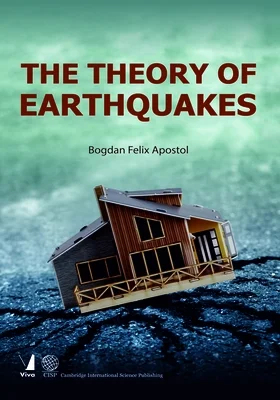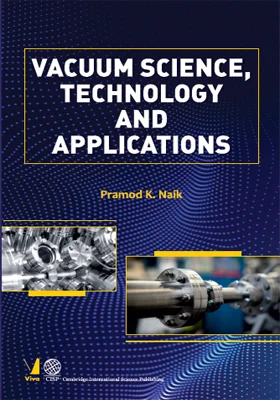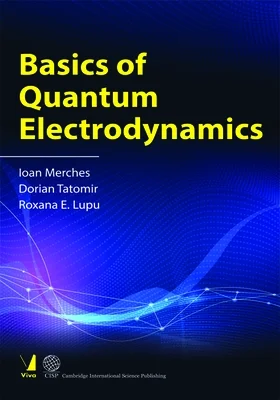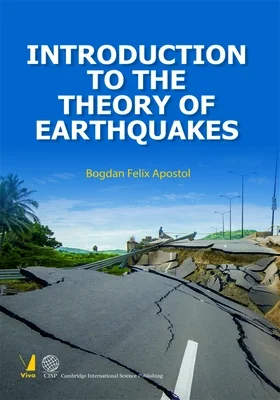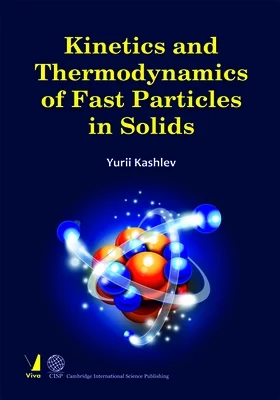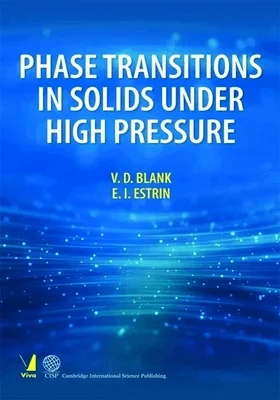The Theory of Earthquakes
The Theory of Earthquakes
₹1,705.50 ₹1,895.00 Save: ₹189.50 (10%)
Go to cart-
Out of Stock
ISBN: 9789392299339
Bind: Hardback
Year: 2022
Pages: 352
Size: 6 x 9 Inch
Publisher: Cambridge International Science Publishing
Published in India by: Viva Books
Exclusive Distributors: Viva Books
Sales Territory: India, Nepal, Pakistan, Bangladesh, Sri Lanka
Description:
The book provides a description of the theory of earthquakes, starting with the tensorial force of the seismic moment and including the static deformations, the primary spherical-shell P and S waves and the seismic main shock. Vibrations of the spherical Earth and elastic half-space are presented and elements of seismometry and structural engineering are included. Also, earthquakes produced by explosions, meteorites or involving seas and oceans are described and the mechanism of earthquakes focus is discussed. The book introduces the notion of elementary earthquakes.
The presentation is made by using the theory of elasticity for isotropic elastic solids, elements of the physics of fluids and equations of mathematical physics. Special attention is given to the effect of the boundaries and inhomogeneities.
The author is a scientific researcher in the Institute for Earth’s Physics at Magurele-Bucharest, Romania, with publications in scientific journals on the theory of elasticity, the focal mechanism of earthquakes and the statistical analysis of seismic events.
Target Audience:
This textbook is a useful guide for those who want to understand the basic concepts of the physics of earthquakes.
Contents:
Chapter 1: Preface
Chapter 2: Introduction
Chapter 3: Elasticity • Summary • Deformation. Strain • Stress • Hooke’s law • Deformable rod • Elastic energy • Equation of motion. Equilibrium • Force in an infinite body • Equilibrium with stress equations • Boussinesq’s problem • Pressure in a cavity • Gravitational sphere • Rotating cylinder • General solution • Poisson’s equation • Mindlin’s problem • Boussinesq’s problem • Concluding remarks
Chapter 4: Elastic Waves • Summary • Free elastic waves • Reflection and refraction • Surface waves • Vibrations of the sphere • Vibrations of rods and plates • Wave equation with sources • Standard wave equation • Kelvin’s problem with Helmholtz potentials • A model of seismic focus • Tensorial source • Explosions. Isotropic source • Conservation laws • Static solutions • Half-space. Standard wave equation • Half-space. Elastic waves • Near-field approximation • Vertical source • Horizontal source • Explosions • Force localized on the surface • Wave region • Waves generated by a vertical source • Waves generated by a horizontal source • Waves generated by explosions • The nature of the difficulty • Transient solution • Calibration of the potentials • An antisymmetric moment tensor • Structure factor • Hertz potentials. Ambiguities and regularization • Concluding remarks
Chapter 5: Static Problems • Summary • Kelvin problem • General solution for the half-space • Mindlin problem • Tensorial force • Force on the surface • The D-approach • Melan and Flamant problems • Other approaches • Concluding remarks
Chapter 6: Local Waves • Summary • Introduction • Localized force • Double couple • Tensorial source • Isotropic source (explosions) • Plane waves • Reflection and refraction • Inhomogeneous waves • Wave attenuation • Spherical, conical and other types of waves • Summarizing remarks • Secondary waves • Secondary l-waves • Secondary t-waves • Secondary waves produced by plane waves • Energy balance • Waves on the surface, main shock and the long tail • Seismic records • Preliminary tremor • Interaction with the surface • Secondary waves • The displacement • Preliminary tremor, main shock and seismic tail • Summary • Introduction • Elementary seismic sources • Primary waves • Isotropic sources • Structure factor • Energy balance • Interaction with the surface • Secondary waves • Conclusions • Concluding remarks
Chapter 7: Vibrations • Summary • Half-space • Eigenfunctions • Harmonic-oscillator equation • Surface forces • Elastic energy • Fluid sphere • Solid sphere • Spherical coordinates • Vibrations of the solid sphere • The case μ = (fluid sphere) • Energy • Self-gravitating elastic sphere • Earth’s rotation • Centrifugal force • Inhomogeneities • Distribution of energy • Sphere in a uniform external field • “Cylindrical” elasticity • Vibrations of a half-space • Introduction • General solution • General time dependence. Eigenmodes • A gradient force. Harmonic oscillations • A gradient force-pulse time dependence • Force on the surface • Static limit • Comments • Concluding remarks
Chapter 8: Special Problems • Summary • Elementary waves in a half-space • A perturbation scheme • An internal discontinuity • Secondary waves produced by a discontinuity • Explosions • Waves produced by a meteorite • Vibrations of an elastic slab • Seismic radiation • Seismographs • Periodic force and resonance • Gravitational pendulum • Seismic signals • Determination of the epicentre and focus • Determination of the soil displacement, velocity and acceleration • Determination of the faulting plane • Estimation of the seismic moment • The three seismic moments • The coefficient 3/2 in the Gutenberg-Richter law • Rays and “geometrical optics” • Travel times • Stokes problem • Boundary forces • Inhomogeneity • Surface seismic radiation • Concluding remarks
Chapter 9: Fluids • Summary • Motion of the fluids • Connection with the Navier-Cauchy equation • Equilibrium of the fluids • Gravity waves • Entropy (thermal) waves • Waves in rotating fluids • Axial waves • Sound • Spherical and cylindrical waves • Lateral waves • Emission of sound • Sound in a narrow tube • Scattering of sound • Viscosity • Energy dissipation • Reynolds number and turbulence • Sound with viscosity. Attenuation • Anelastic matter • A generalized damping and attenuation • Second viscosity • Explosions in seas and oceans • Earthquakes below seas and oceans • Concluding remarks
Chapter 10: Elements of Structural Engineering • Summary • Embedded bar • Shock-type excitation • Oscillating shock • Coupled bars • Buried bar • Coupled oscillators • Concluding remarks
Chapter 11: Commentaries on the Seismological Problem
Chapter 12: Appendix • Spherical coordinates • Curvilinear coordinates • Green function for the wave equation • Orthogonality of eigenmodes • Abel inversion formula
About the Author:
Bogaan Felix Apostol is a scientific researcher in the Institute for Earth’s Physics at Magurele-Bucharest, Romania, with publications in scientific journals on the theory of elasticity, the focal mechanism of earthquakes and the statistical analysis of seismic events.
